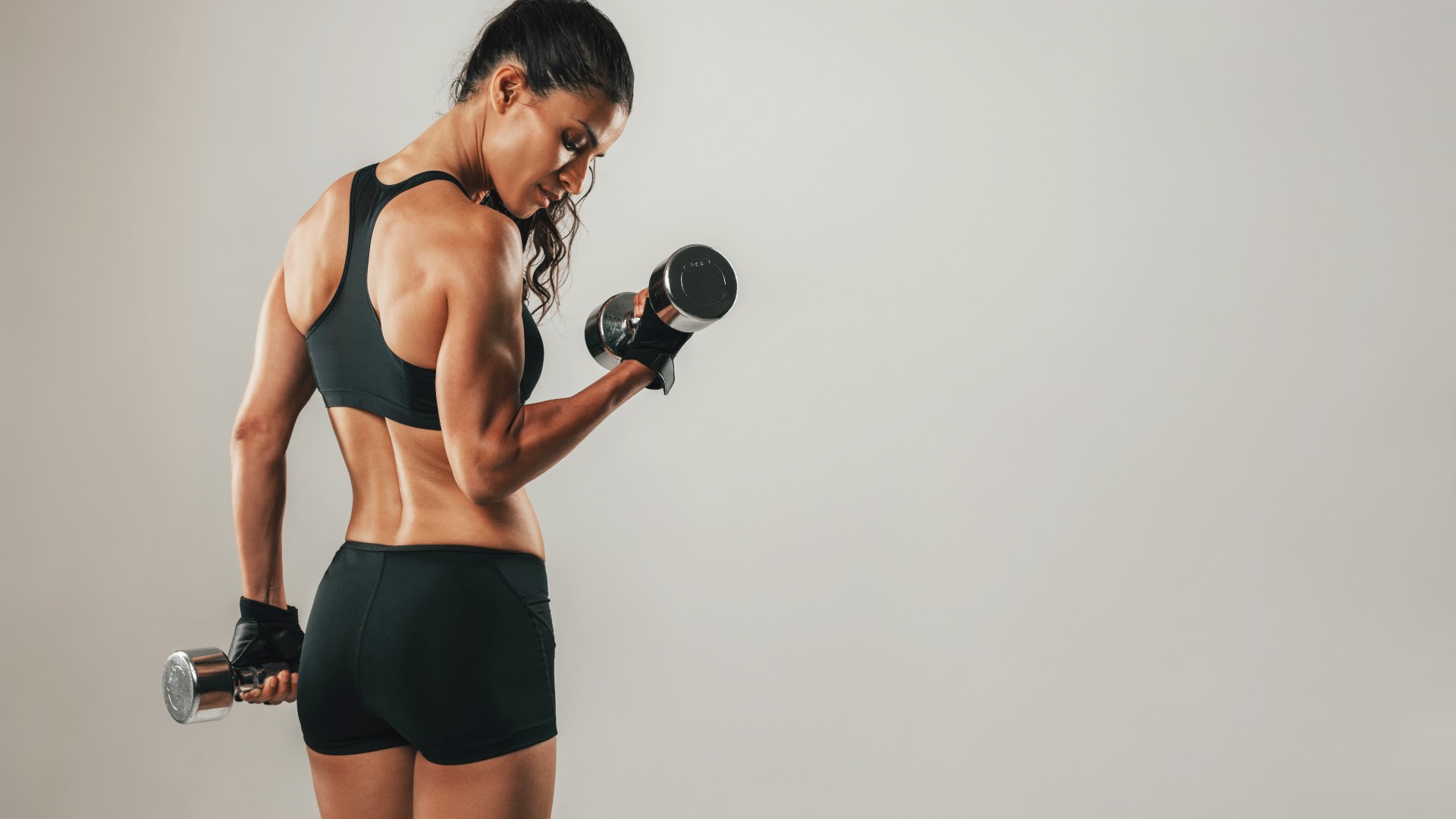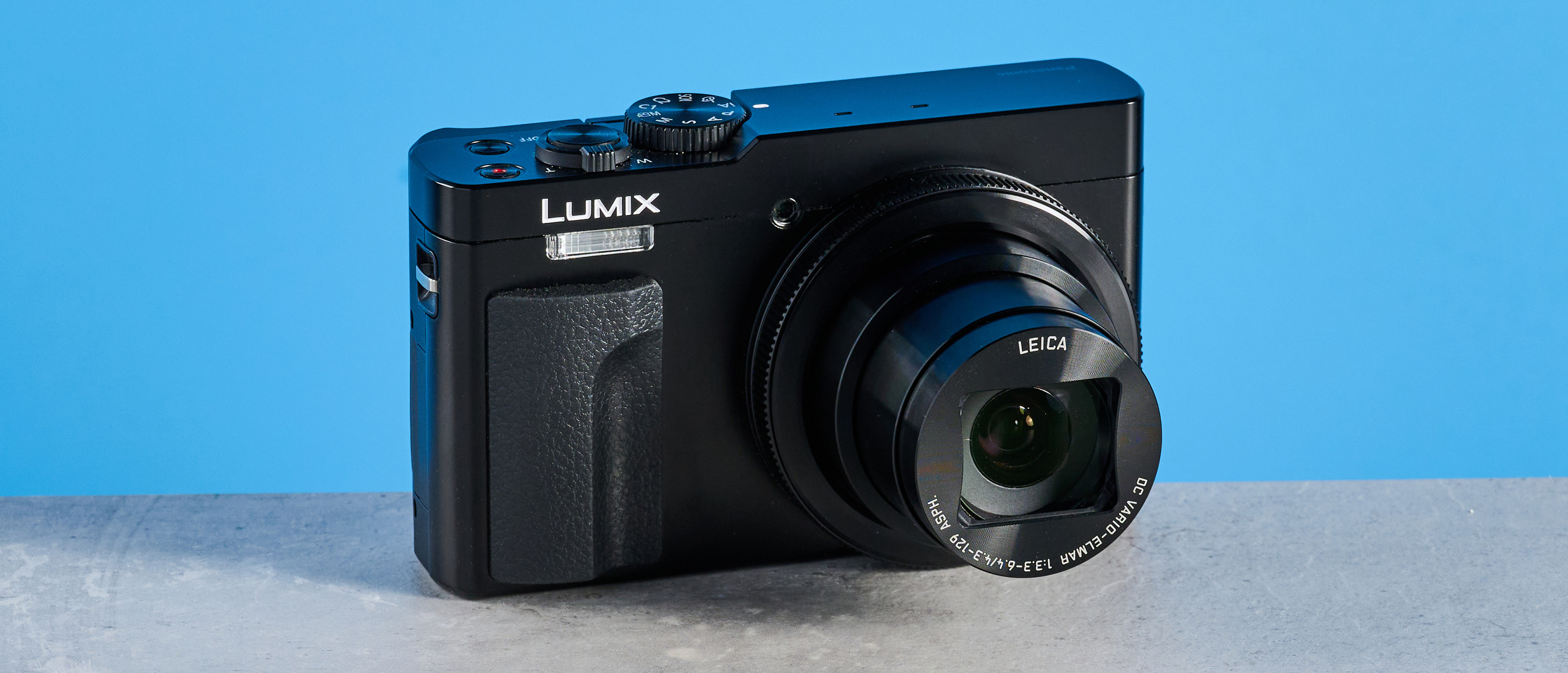
Are you diligently following your weekly ab workouts and expecting to burn calories and shed abdominal fat? You could be doing it wrong — here’s why.
Many people focus their attention on the best ab workouts to help them build midsection muscle and strength and sculpt rock-solid definition, and although core-strengthening exercises certainly help, ab workouts alone aren’t responsible for high-calorie burn or fat loss.
Below, we cover whether or not ab workouts are effective at burning calories and how to improve your chances.
Ab workouts vs calorie burn
Despite the endless sit-ups, crunches and twists, are you still not seeing defined abs? Ab workouts aren’t guaranteed calorie burners and other factors are at play that determine whether or not you can see your abs yet.
Firstly, let’s make the distinction between calorie burn and fat loss. If your goal is to lose fat, the basic line is that you must burn off more calories than you consume. You know, the old calories in versus calories out story. Now, I don’t recommend counting calories — here’s why. But there are ways to increase your daily calorie burn to tip those scales in your favor and induce fat loss.
You might think ab workouts will do the trick, but the primary concern of ab workouts isn’t necessarily to shred fat or burn calories — it’s to strengthen and build the core muscles around your midsection. There are many benefits to having a strong core — better flexibility, mobility, posture and quality of functional movement, for example. But calorie burn? Not guaranteed. So here are a few ways to increase calorie burn during ab workouts.
1. Intensity
Ab workouts often require less effort and muscle recruitment than cardio or weight training, burning fewer calories overall. The calories you burn during an abs workout depend on intensity.
Sign up to get the BEST of Tom's Guide direct to your inbox.
Get instant access to breaking news, the hottest reviews, great deals and helpful tips.
You can increase the intensity of ab workouts in several ways. You could add weighted exercises and cardio with core exercises and choose compound exercises (that means multi-muscle, multi-joint moves) to increase muscle engagement and effort levels.
For example, metabolic conditioning (metcon) workouts — think CrossFit or Hyrox style sessions — incorporate strength exercises, endurance and high-intensity cardio to build strength, power and aerobic capacity. This style of training tears through calories and still heavily recruits your core muscles.
High-intensity workouts also tap into your “fat-burning state” when working within calculated heart rate zones. Working anaerobically (without oxygen) during these sessions triggers EPOC — Excess Post-Exercise Oxygen Consumption. After exercise, your body zips through more calories as the body consumes more oxygen to return itself to balance. During this time, you’ll burn more calories.
In short? Add intensity to your ab workouts. Here are core 5 dumbbell exercises and 5 barbell exercises to consider.
2. Biology
Factors like age and genetics contribute to calorie burn potential. Sadly, some people are more likely to store abdominal fat than others. A study by Yale found those with excessive cortisol levels are also more likely to store abdominal fat. And because you can’t spot-reduce fat during the weight loss process, you could have abs of steel and still struggle to see them.
Consider factors like diet, sleep quality and stress levels to help manage weight. We cover these lifestyle factors with 5 reasons you can’t see your abs yet, despite working out. Your weight and sex also matter. The heavier you weigh, the more calories you’ll use to move. For example, a 32-year-old weighing 126lbs and running a 5K could burn around 292kcal, whereas if that person weighed 150lbs, they could burn around 342kcal for the same workout. Equally, men tend to carry more weight and muscle than women and could burn more calories for the same workout. As you lose weight, you'll need to adapt factors like intensity to bump up the burn.

3. Workout length and frequency
Although micro-workouts could benefit your health, consider how much exercise you achieve in total during the day alongside any ab workouts. Accumulating exercise could have a nice knock-on effect for calorie burn and contribute toward NEAT — Non-Exercise Activity Thermogenesis. That refers to calorie burn outside of dedicated exercise, eating, or sleeping.
The more you work out, the more calories you can burn overall. Short, low-intensity ab workouts like crunches, sit-ups and twists might only last 10-20 minutes, whereas a cardio ab workout that includes burpees, push-ups and ab exercises lasting 20-30 minutes could increase calorie burn. But if you accumulate these workouts throughout the day and week, you'll likely increase chances of calorie burn without burning yourself out or overtraining.
4. Function

The more functional training you include with your ab workouts, the better for your overall health. As mentioned, ab exercises in isolation help strengthen and increase muscle mass, helping you lift heavier in the gym and run with better economy, for example. But functional exercises (those that resemble daily routines) will still recruit your core muscles and burn more calories. Think pushing, pulling and squatting.
We enjoy calisthenics workouts for this reason — a workout full of push-ups, squats and pull-ups only relies on your body weight, builds functional strength, burns calories and heavily recruits your core.
According to Captain Calculator, using a MET-based formula, “the average person burns 300-400 calories per hour with light effort calisthenics such as sit-ups and abdominal crunches. With high-intensity calisthenics such as pull-ups and jumping jacks, they’ll burn 550-700 calories per hour.”
Then take a core-focused workout like Pilates, which could burn around 80kcal per 30 minutes based on a 32-year-old female weighing 126lbs, and compare with 200kcal for 30 minutes of strength-based circuit training using the same metrics. That’s without considering some of the factors previously mentioned, but it gives us a jumping-off point. And bonus, you'll still build core muscle!
Bottom line
If your goal is to burn more calories during ab workouts, try adding intensity and include exercises that aren’t necessarily targeted ab exercises but still recruit your core to help you move and stabilize.
Classes like Reformer Pilates focus specifically on strengthening your core muscles and building a more functional torso, yet it’ll burn fewer calories than calisthenics or strength-based workouts that recruits bigger and more powerful muscles. That said, you could still burn slightly more calories if you’re heavier and male, regardless of the exercise.
Ready to build abs and burn calories? This 15-move 15-minute workout can be done bodyweight and slots into any lifestyle.
More from Tom's Guide

Sam Hopes is a level 3 qualified trainer, level 2 reiki practitioner and senior fitness writer at Tom's Guide. She is also currently undertaking her Yoga For Athletes training course. Sam has written for various fitness brands and websites over the years and has experience across brands at Future such as Live Science, Fit&Well, Coach, and T3.
Having worked with fitness studios like F45 and Virgin Active, Sam now primarily teaches outdoor bootcamps, bodyweight, calisthenics and kettlebells. She also coaches mobility and stretching-focused classes several times a week and believes that true strength comes from a holistic approach to training your body.
Sam has completed two mixed doubles Hyrox competitions in London and the Netherlands and finished her first doubles attempt in 1:11.
